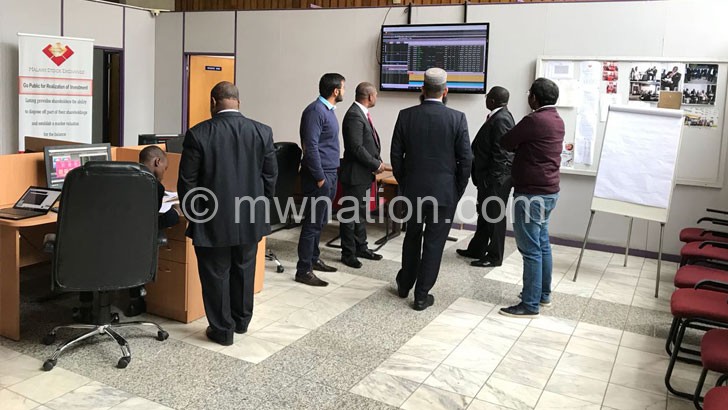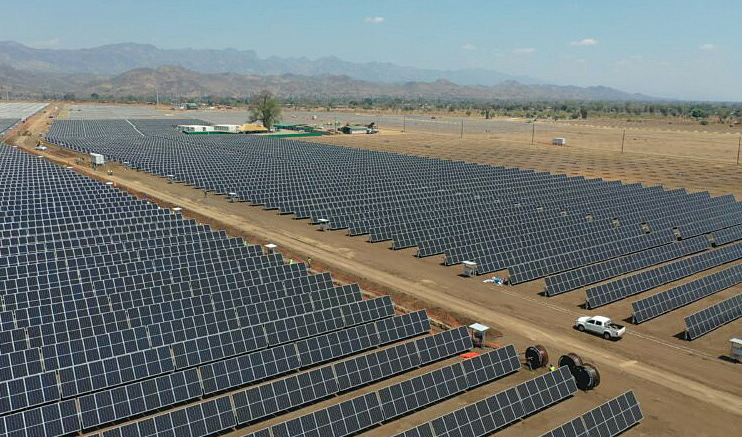Malawi annual exports decline
Malawi’s annual exports have been on the decline, falling from K1.9 trillion in 2011 to roughly about K800 billion in 2022; this is according to Reserve Bank of Malawi data.
The data, calculated by the World Bank, shows that Malawi’s touted top-three export commodities—tobacco, tea and sugar—have been on the decline over the years, while exports for nuts and pulses have improved, although not enough to offset falling top export commodities exports.
Said the World Bank in its export analysis: “Tobacco exports have consistently declined, and other leading export sectors have not been able to provide sufficient inflows of foreign exchange. Official tobacco exports, in real terms, declined by 42 percent between 2016 and 2021.

“Although record amounts of soya beans and pigeon peas have been harvested in recent years, rising exports in these goods have not been reflected in official statistics. K312 billion worth of soya beans [303 000 MT] and K279 billion worth of pigeon peas [429 000 MT] were harvested. However, only K28 billion [57 000 MT] in pulses between January and August 2022 were officially exported.”
However, Ministry of Trade and Industry has been pursuing a number of policies and strategies to boost exports by establishing export mandates and create new markets including the National Export Strategy II.
The ministry’s spokesperson Mayeso Msokera said through the policies, government intends to build the country’s exporter’s export readiness and grow the number of products being exported to also favourably compete with foreign products in the domestic market.
He said: “Our focus will also be on developing regional and global value chains and addressing critical enablers and cross-cutting issues related to exports of such.”
National Working Group on Trade Policy chairperson Frederick Changaya observed that market availability remains key to sustainable production and better prices.
He, however, said Malawi needs to expand its export base to realise its export potential.
“We need to do value addition,” he said.
Malawi has also been banking on the Buy Malawi Strategy, launched six years ago to enhance competitiveness of local firms, stimulate local production, promote industrialisation and enhance import substitution. n





